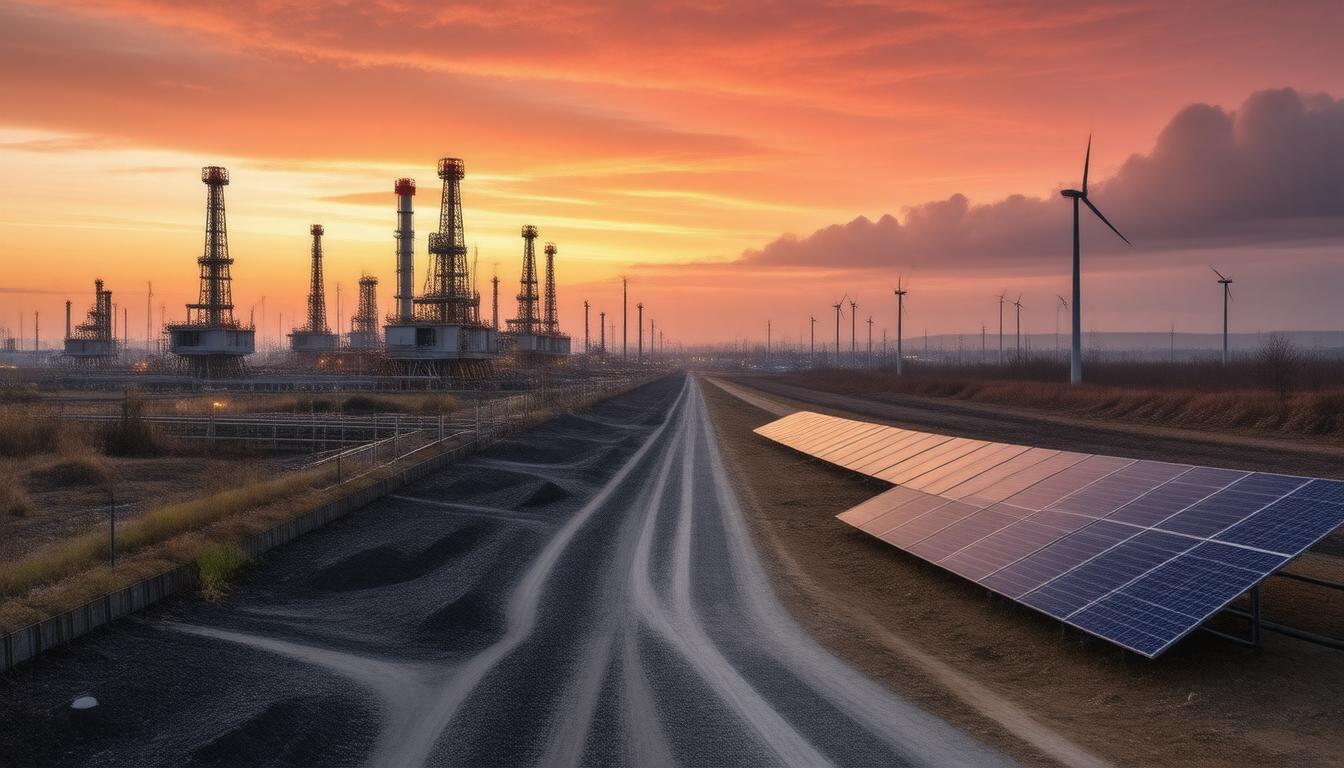In recent years, energy policy has become a focal point in the United States, especially under the administration of former President Donald Trump.
His approach to energy was marked by a preference for fossil fuels, often reviving discussions around coal, oil, and natural gas, while displaying a clear skepticism towards renewable energy sources like wind and solar.
This article delves into Trump’s energy policies, their implications, and the legal boundaries of executive action in favor of traditional energy sources.
Key Takeaways
- Trump’s energy policy emphasizes the continued use of fossil fuels over renewable energy sources.
- The administration’s executive actions may push the limits of presidential authority concerning energy regulation.
- Legal experts warn that these policies could hinder the U.S. transition to cleaner energy technologies.
Overview of Trump’s Energy Policies
Under President Trump’s administration, energy policies took a markedly different direction than previous administrations, often prioritizing traditional fossil fuels over the burgeoning renewable energy sector.
Legal experts have noted that President Trump appeared to be actively challenging the limits of executive power through a series of aggressive executive orders and regulatory rollbacks.
These actions aimed to expedite the extraction of oil, coal, and natural gas, while simultaneously undermining efforts to transition to renewable energy sources such as solar and wind.
Key measures included reducing the scope of the Environmental Protection Agency (EPA) regulations, enabling increased drilling on public lands and offshore, and withdrawing from international accords like the Paris Agreement.
The overarching goal seemed to align with enhancing energy independence and fostering job creation in traditional energy sectors, yet critics argued that these moves jeopardized long-term environmental sustainability and ignored the economic potential of renewable energy job creation.
In summary, Trump’s energy policies represented a controversial stance that not only tested the boundaries of executive authority but also ignited a national conversation regarding the future of energy production in the United States.
Legal Implications of Executive Actions on Renewable Energy
The legal landscape surrounding executive actions on renewable energy is increasingly complex, with notable implications for consumers and the broader energy sector.
Recent statements from legal experts suggest that the president’s aggressive orders may be pushing the limits of executive power, potentially undermining the nation’s transition to cleaner energy sources.
These actions, which include halting certain renewable energy projects, could face numerous legal challenges, raising questions about the balance between executive authority and legislative intent.
For consumers, this could lead to fluctuations in energy prices, as the renewable energy sector plays a crucial role in overall energy stability.
Additionally, such legal battles may hinder investments in renewable technologies that have the potential to lower costs and spur job growth in the long run.
As the legal battles unfold, consumers should stay informed about how these executive actions could affect their energy options, pricing, and the future of sustainable energy in the United States.











